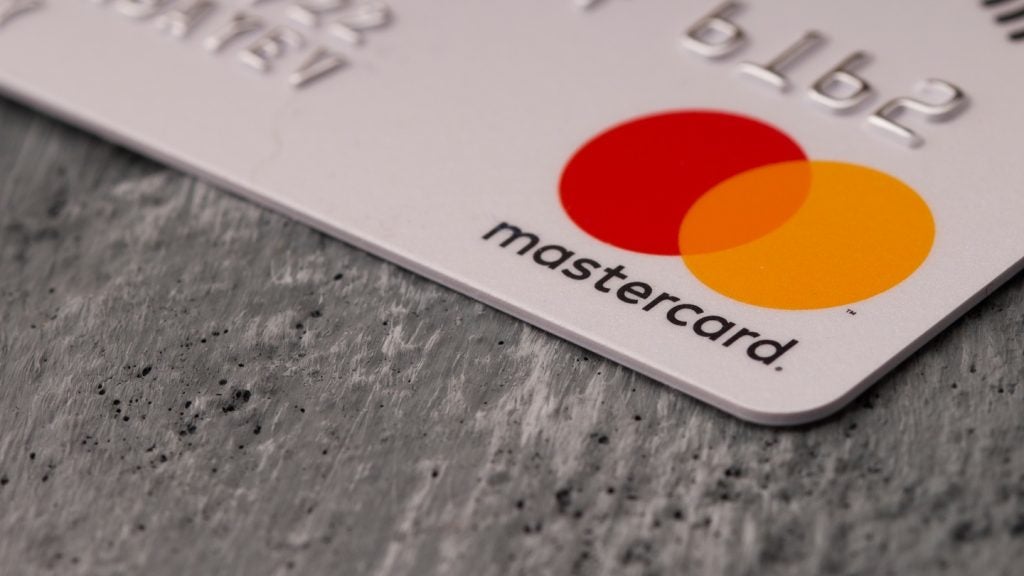Cash management is a major growth area clients are demanding more efficient, yet flexible, systems that make the most of broadband and mobile networks for better visibility over their working capital. Alternative providers are emerging fast, but what are the traditional providers doing, asks Duygu Tavan?
The cash management markets worldwide provide a rich breeding ground for banks and vendors to grow their business solutions. As the needs and demands of corporate treasurers evolve, those service providers need to be ready to respond. The big US banks have all been marketing new products in this area over the past few months.
Wells Fargo
In November, Wells Fargo launched a mobile version of its Commercial Electronic Office (CEO) portal, designed to enable executives to track corporate payments via their smartphones.
The app allows customers to initiate and approve payments, receive alerts about critical transactions, review account balances and transactions, manage commercial card expense reporting and deposit cheques and money orders, using an iPhone.

US Tariffs are shifting - will you react or anticipate?
Don’t let policy changes catch you off guard. Stay proactive with real-time data and expert analysis.
By GlobalDataThe app links to the Wells Fargo commercial and corporate bank accounts and has the facility to process cheques and money orders via image capture.
Once images have been captured, they are made available immediately through the CEO. They can also take action on returned items faster as the electronically deposited items clear faster than traditional deposits.
The bank said that the service improves cash flow by precipitating deposits while offering the same security and quality customers experience from Wells Fargo and its CEO portal.
Wells Fargo also extended its cash management solutions system to Europe. The expansion of the treasury service to Europe is part of Wells Fargos strategy to provide a consistent and single channel for US companies that trade abroad, and also for Europe-based companies with strong ties to the US.
Within the CEO portal, the banks US clients can access European payment systems, both on a local and pan-European basis, as well as ACH payments and global cash positions with a single sign-on to transfer low-value payments.
A significant amount of our customers have city areas in Europe. Now we can better serve our customers in Europe. The portal has also been designed to reflect value in the opposite flow, Judd Holroyde, senior vice-president and head of global product management and delivery for Wells Fargo explains.
The CEO portal is compatible with the SEPA system, as well as the payments systems in 40 countries, including Canada, India, Mexico, Hong Kong, Singapore, Australia and New Zealand.
This means that a company with a Wells Fargo account can access it any of the services distribution network and view their cash positions using a single-sign on. From there on, the customer gets access to 80 online banking applications and reports.
With the app, the user can approve pending payments, set up and receive alerts about selected critical transactions or other movements they want to keep an eye on. In addition, the user can manage commercial card expense reports, review and reset rates for expiring term loans, and administer and reset passwords.
Wells Fargo has established a regional hub in London with more than 250 employees for direct local support to customers.
The bank clearly has responded to a growing trend. Back in 2010, Aite Group found that about 66% of global corporate treasurers were somewhat likely and 42% were likely or very likely to use mobile devices for basic corporate transactions (balance checks, fund transfers). More than half of those surveyed by Aite showed interest in advanced functions, including approving transactions and payments.
Aite Group forecasts that cash management solutions and supporting technologies will continue to receive investments in 2012.
According to Holroyd, the banks treasury and cash management solutions target the whole spectrum of corporates the large ones, the middle market and also SMEs.
For Holroyde, this approach sets the bank apart from competition.
Often, banks focus on regional solutions, and a lot of that has to do with the history of the market they are operating in. Perhaps, they have grown in that region due to an acquisition and they have legacy technologies that they are trying to plug together.
To me, this is a bottom-up approach to expansion. We have taken a bottom-up approach, leveraging our base line technologies and products and expanded that core platform. This enables us to be more flexible because everyone and everything is integrated.
With this approach, the level of consistency is high across markets, and customisation levels are reduced.
Our customisation process is more about understanding the individual market and adapt our core technology to it.
The more customers you support in more countries, the less the variables become. So the customisation process declines further, which means we can market the product faster and adapt to change quicker.
Holroyde argues that the bank has seen a high demand for cash management solutions on mobiles. That Wells Fargo has pleased customers with its response to this demand is evident in the number of awards it has received for its mobile and online cash management and treasury services.
The demand for on-the-go updates is understandable, given the market volatility and risk around countries sovereign debt, FX fluctuation and even regulation, although government directives do not move as fast as credit rating levels and currency exchanges. Either way, overview and control are the key terms.
It is the real-time access and real-time visibility corporates need so they can take immediate action. That mobility layer, as well as continuing enhancements to our online tool set – we are highly committed to.
This includes the implementation of new technology over the next twelve months, including new components to the global payment framework and its global multi-currency lending suite.
Over the next 12 months, there will be a tremendous amount of infrastructure updates, he reveals.
JPMorgan
Towards the end of January, JPMorgan redesigned and updated its web currency service portal, which provides cash management, trade finance, treasury solutions and escrow services.
The new portal, called Web Currency Service, offers all this on a single platform, has improved internal controls and an enhanced management tool for expense and non-earning assets.
It replaces the initial WebOrder service, which was launched in April 2008. The service is available nationwide in the US. Key features include: Online ordering history, deposit details, cash forecasting and vault trend reports and dashboards, deposit adjustments and payment details of a particular deposit.
The Web Currency Portal is part of a portfolio of coin and currency products offered by JPMorgan, including Smart Safe (for daily provisional credit for cash placed into the system).
The target segment ranges from large corporates to corner shops. As the product is domestic, clients tend to be more on the SME side, rather than large corporations that tend to have multinational operations.
Paul Jarrett, senior product manager, at JP Morgan Treasury Services says that the new functionality demonstrates the banks continuing focus on cash forecasting and vault networks for end-to-end cash supply chain management.
We knew, when we developed the product, that clients would be looking for enhancements. That is why we now introduce the analytics.
The telephone used to be the primary channel for our clients to place an order. WebOrder enabled them to visualise orders online. The first release provided basic functionalities placing and submitting orders and get to a confirmation screen.
If you didnt print the confirmation screen, their was no chance to go back to that screen or show an order history. It was pretty basic to say the least, admits Judd.
Judd also admits he would like to say that the initial product was a trial.
But it was really about offering an alternative to the phone at the time. So we did roll it out. Then they asked to view order history, or look at deposit activities.
What took us time is finding the right solutions and software and customising to what wanted to offer our clients. As we went through the gap in years between the new roll out, we took in feedback from clients on features and functions they would like to see. We therefore also included the analytics.
This business intelligence features allows corporates in multiple locations to view trends in orders and deposit activity, to see what stores are causing the most adjustments to the deposits, which obviously results in fees for clients.
The bank has also added a cash forecasting feature. Clients can place their own variables, such as special events or safety stock numbers, and based on that, our algorithm can calculate recommended forecasts.
The level of risk will come from the client because they provide the variables and on a daily basis, they provide their cash in and cash out balances, their deposits for the day.
So we can show a financial institution that has excess balances of, say, 50%, how to become more stringent on their cash levels and improve their efficiency to between 20-40%. They can then use the excess balance as investable cash, Judd says.
The telephone service is still there, however, because, as Judd says, some clients just prefer it. Or sometimes a payment may be stuck in transit and clients can have confirmation of the payment over the phone.
The bank is now working on incorporating the Web Currency Service into its Access Module, an integrated, browser-based platform for portfolio management.
Judd says there is no set deadline for it yet, but it will not be something we will achieve this year.
Expanding the Web Currency Portal into Access is still a conversation that is being held internally, Judd says, remaining shy of making any statements as his focus is on the domestic market.
On an international level, JPMorgan has, for the past year, been focused on the migration to Electronic Bank Account Management (EBAM).
At the end of January, JPMorgan completed its EBAM central utility pilot.
The pilot project (August-December 2011) focused on two industry issues: the undefined standards of EBAM messaging and the consequent risk of different interpretations of these messages among counter parties; as well as education of account owners who need to know what information is required for EBAM in particular countries and by particular banks.
JPMorgan created a multibank platform and ran a global test across different channels in cooperation with its partners.








